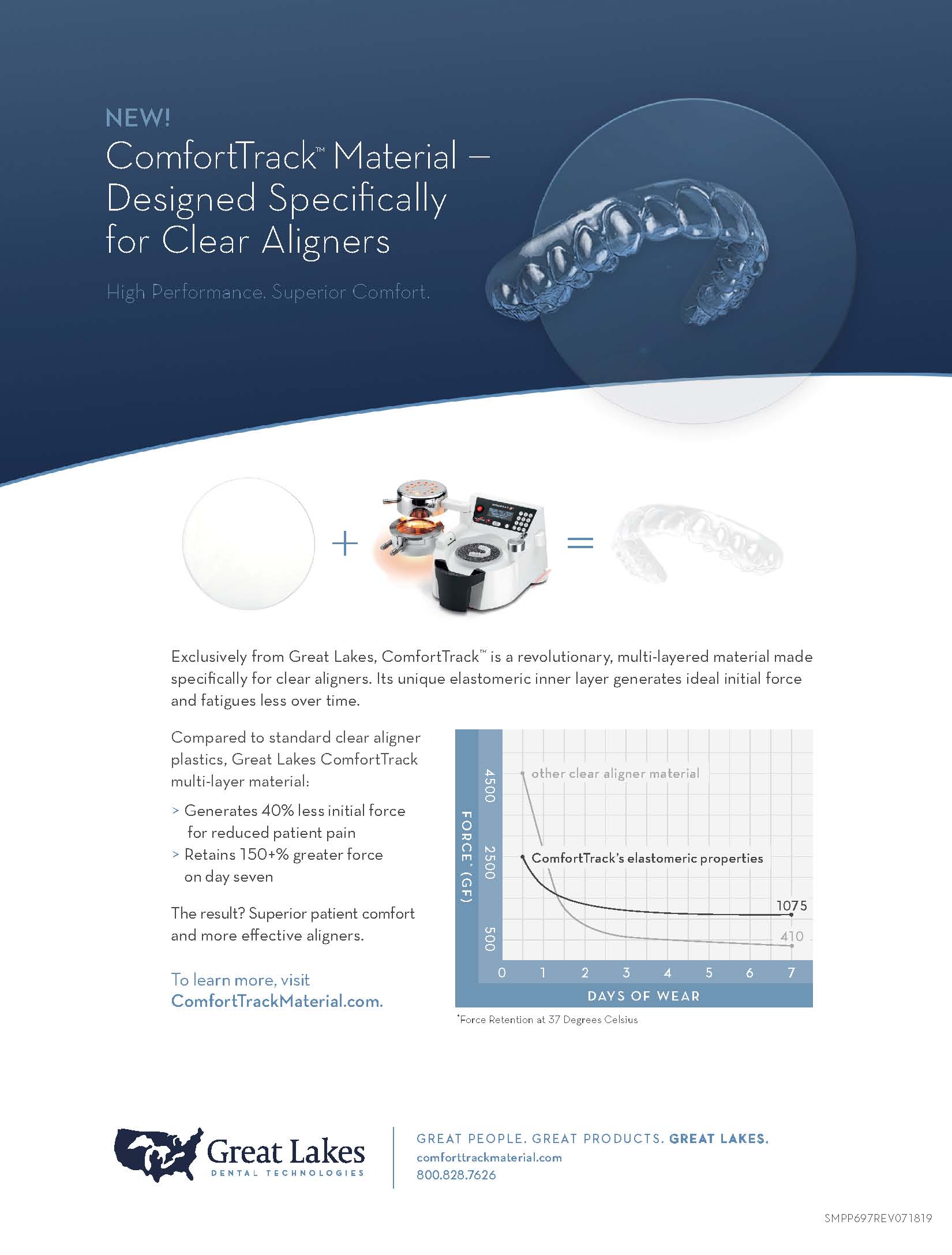While claims of the popularity of different appliances are always a little suspect—usually due to a lack of rigorous scientific method in the survey—it cannot be denied that the Herbst appliance is one of the most popular devices around the world for the correction of Class II malocclusions. The appliance was introduced in 1909 by the German Dr. Emil Herbst, who is also said to have developed the rapid palatal expander. It became a mainstay of Class II treatment in Europe in the first half of the 20th century, but it remained relatively unknown in the United States until Dr. Hans Pancherz revived it in the 1970s.
The original Herbst appliance mechanism was a rod and tube (also referred to as a piston and cylinder), which is still true today. As aptly summarized by Desai and colleagues, the Herbst “is a rigid fixed functional appliance that eliminates the need for patient cooperation . . . . It consists of a bilateral telescopic mechanism that applies a distalizing force on the maxilla and its dentition and an anteriorly directed force on the mandible and its dentition.”1 In a review article on the effects of functional appliances on skeletal growth, Aelbers and Dermaut concluded that the Herbst appliance is able to influence mandibular length to a biologically significant degree.2,3
During my orthodontic residency in the late 1980s, I was taught that the only acceptable approaches to Class II therapy were creative extraction patterns, various permutations of headgear, and Class II elastics. We were lectured on functional appliances, but we had no supervised clinical experience in their clinical application. Dr. Larry White, my predecessor as Editor of JCO, must be given substantial credit for the popularization of the Herbst appliance in this country. Through several Editor’s Corners and a landmark 1994 article,4 he introduced me and many others to the Herbst. It has remained my go-to Class II appliance. I utterly admire orthodontists who can motivate their patients to wear headgear, bionators, or other removable appliances, but I have never had much luck doing so. Once a Herbst appliance is cemented in place, compliance becomes pretty much a nonissue, involving only hygiene and appliance maintenance. Interestingly, I once had a patient with an amazingly wide-opening oral aperture; every time he yawned, the piston would come out of the cylinder, necessitating an office visit to reinsert it. This was eventually solved by the simple expedient of longer cylinders.
Of course, as with any functional device, there are a few unwanted clinical side effects associated with the Herbst. Because of the attachment of the appliance to anchor teeth in both arches, it can promote flaring of the lower incisors and retroclination of the upper incisors. In the current issue of JCO, Drs. Antonio Manni, Carmen Cerruto, and Mauro Cozzani present an excellent solution to that problem, using miniscrews as the anchor units by which the Herbst appliance is attached. Patient compliance remains a nonissue, and the appliance has no direct contact with the dentition. I’ve known Dr. Cozzani, one of our Contributing Editors, for many years, and I have always been impressed by his clinical creativity and excellence in patient care. This modification of the classic Herbst only increases my admiration of Dr. Cozzani, as well as his students and colleagues!
RGK
REFERENCES
- 1. Desai, A.L.; Hegde, M.; Dinesh, M.R.; and Amarnath, B.C.: Integration of the Herbst and Begg appliance in the management of severe Class II malocclusion, Contemp. Clin. Dent. 5:528-531, 2014.
- 2. Ruf, S. and Pancherz, H.: When is the ideal period for Herbst therapy—Early or late? Semin. Orthod. 9:47-56, 2003.
- 3. Aelbers, C.M. and Dermaut, L.R.: Orthopedics in orthodontics, Part I: Fiction or reality—A review of the literature, Am. J. Orthod. 110:513-519, 1996.
- 4. White, L.W.: Current Herbst appliance therapy, J. Clin. Orthod. 28:296-309, 1994.



COMMENTS
.